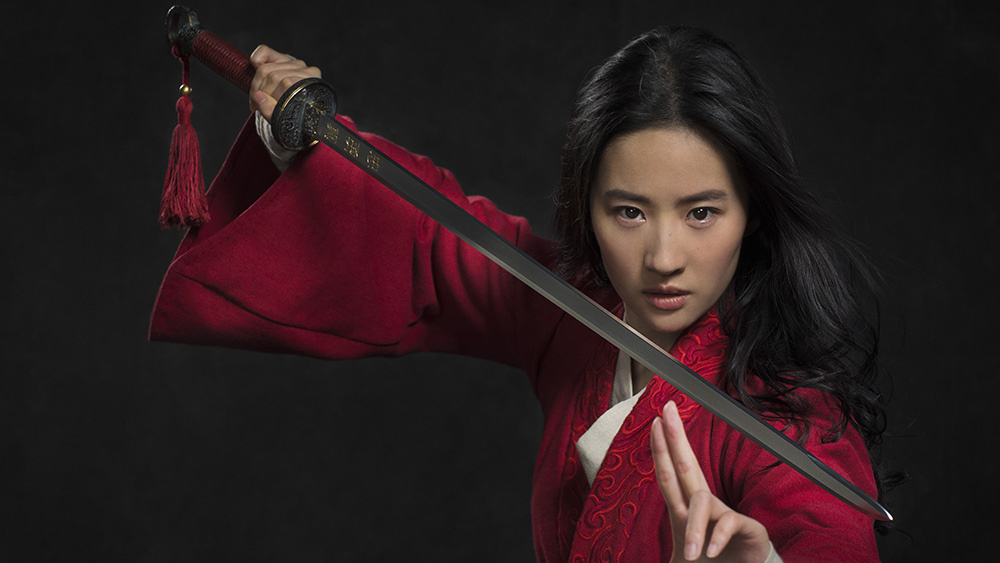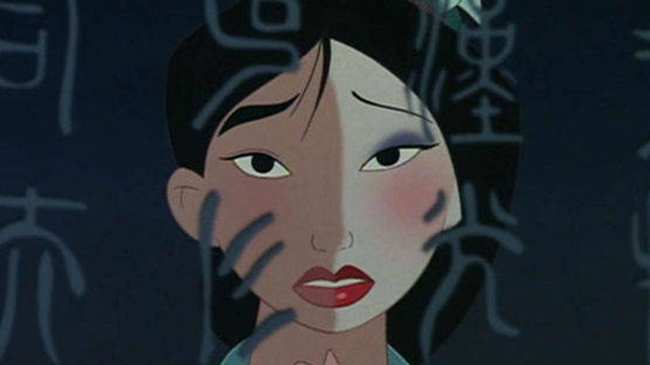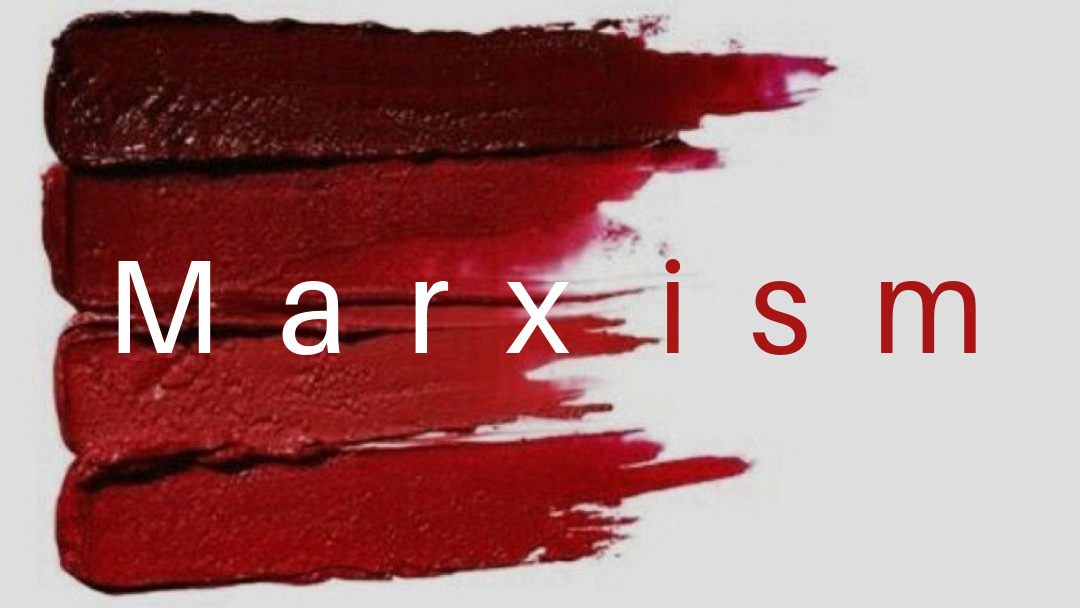Mulan has long been favored as one of the best Disney movies and one of the best Disney princess movies (despite her not being a princess). When Disney announced that they are producing a live-action version of Mulan in 2020 fans were thrilled. However from what we know of the 2020 film, there have been many changes made to the 1998 version. Since it has not yet been released we do not know everything about the remake, however with the release of the cast list, the changes made from the original are evident. The changes made to the cast include an addition of a younger sister for Mulan, so she is responsible as the older sister and more pressured to follow the traditional role. Another addition is Commander Tung who acts as Mulan mentor. Perhaps his role is necessary because of the removal of the character General Li Shang. A powerful witch villain was added to the cast, who is the antagonist that conflicts with Mulan. Two extra characters are added as well, playing Indian con artists.
In the 2020 live action, perhaps the biggest change made is the removal of the character Li Shang. The removal of Li Shang is because of the controversy over his character being bisexual. The hint of Shang’s bisexuality came from how his affection for Mulan grew while she was “Ping”. Many people are concerned that Shangs character will confuse children with how a man can have feeling for another “man” but then have feelings for a woman. The erasure of Li Shangs character from the movie signifies that society has not completely accepted bisexuality. Furthermore it suggests that society still finds discussing sexuality uncomfortable (especially when it isn’t heterosexual) so instead of profoundly addressing it in the movie, they chose to ignore it.
The removal of Shangs character reminds me of Wendy Brown’s neoliberalism. According to Neoliberalism, humans make decisions based on Free Market Rationality. Economy is so ingrained in our society that it influences every sphere, and humans make decisions based off of maximizing the most profit or gaining the most, regardless of what they disregard in the process. Because of the pressure to take out a potential bisexual character by a group of people in our society, Disney and the creators of this movie decided that removing the character would maximize their profit. They acted as the “model neoliberal citizen”. Instead of trying to be a part of the change, they followed the existing route to reach society’s laid out path to success, thinking only of themselves and their own gain.
While the original 1998 version of Mulan included enlightened and modern elements such as women empowerment and bisexuality, the 2020 version has taken a step backward by erasing Li Shangs character.




